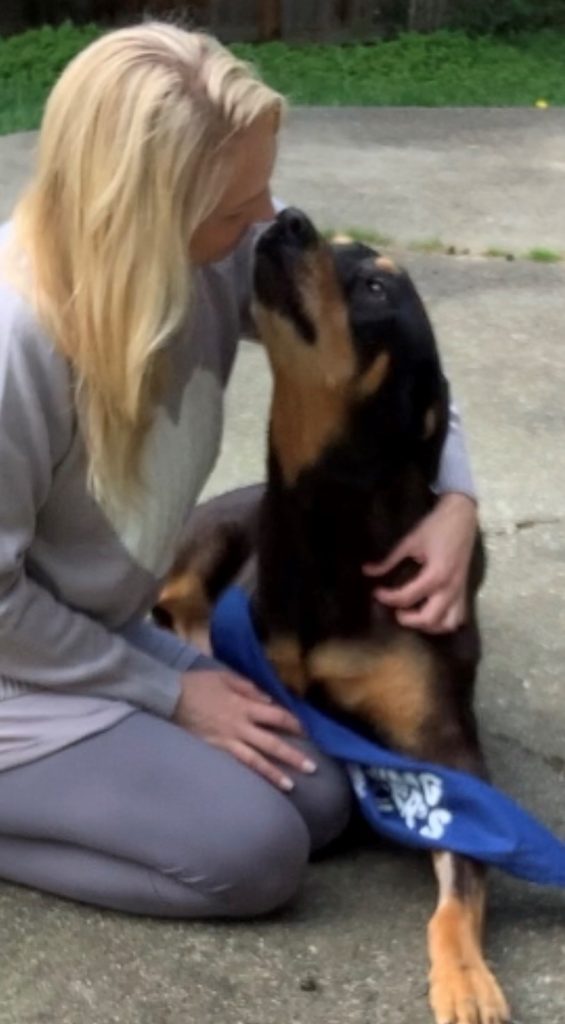An Update on our Human Stem Cell Company
For those of you who follow our blog, you probably know that we launched a human stem cell company in 2018. Click here for a refresher. Since then, Personalized Stem Cells (PSC) has received FDA approval for two investigational new drug (IND) applications. The first FDA approved clinical trial was for the treatment of knee osteoarthritis and is currently in the end stages. The second IND was for a COVID-19 clinical trial.

Knee Osteoarthritis Clinical Trial Update
Despite the COVID-19 pandemic, PSC was able to successfully complete their first clinical trial in 2020. At the start of the pandemic, new patient enrollment was put on a brief hold. Once doctors were able to safely resume in-clinic procedures however, enrollment picked up again. By August 2020, PSC announced that patient enrollment was complete. Just a few short months later, the company announced that all clinical trial participants had received treatment.
Finally, in January, PSC announced that all the data was collected for the clinical trial and preparations for FDA submission began. Once all of the data is submitted to the FDA, and assuming everything goes as planned, it is PSC’s goal to launch a larger, placebo-controlled knee trial later this year. Stay tuned for more information!
COVID-19 Clinical Trial Update
Another major accomplishment was receiving approval for a COVID-19 clinical trial. In the early days of the pandemic, PSC went to work to manufacture stem cells and secure FDA approval for a clinical trial to study the effects of stem cell therapy to treat COVID-19. We announced the news back in July here on the VetStem blog. But the good news didn’t stop there!
In October 2020, PSC entered into a licensing agreement with Sorrento Therapeutics and granted global rights to its allogeneic (donor-derived) stem cell program, including the COVID-19 clinical trial. This was a lucrative move for the company and allowed PSC experts to return focus to autologous (patient-derived) stem cell treatments.
Sorrento Therapeutics has reported positive preliminary results both in safety and efficacy for the COVID-19 clinical trial. At the time of announcement, four patients had completed stem cell treatment for COVID-19 and all four were discharged from the hospital. Additionally, there were no infusion related adverse events reported in any of the patients. Read more here.
All in all, it was a challenging, yet rewarding year for our human stem cell company, and very promising for potential patients! We continue to be amazed at the power of regenerative medicine and look forward to PSC launching additional FDA approved clinical trials in 2021!




